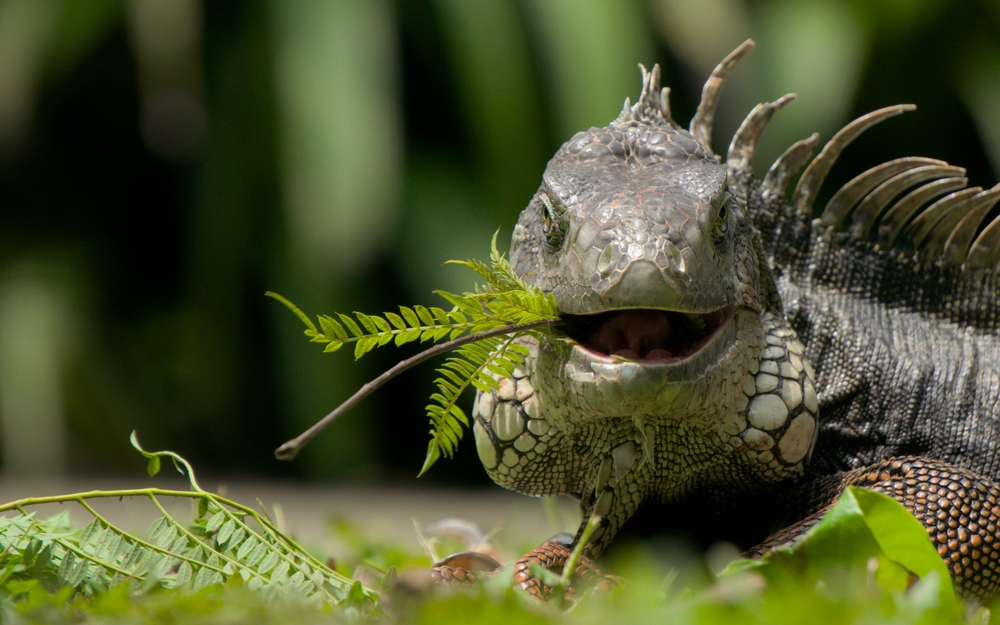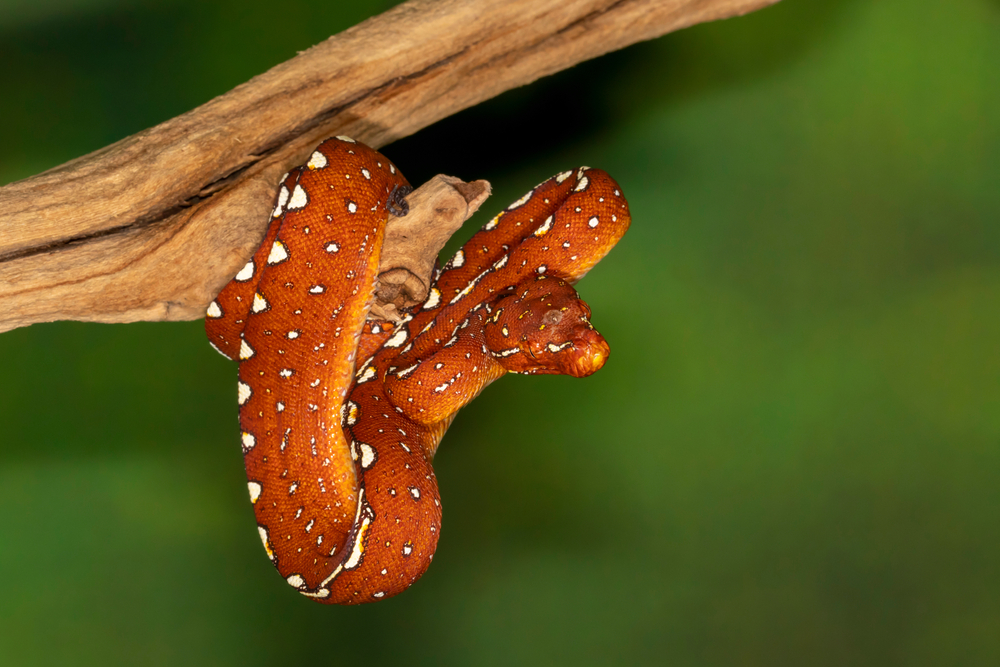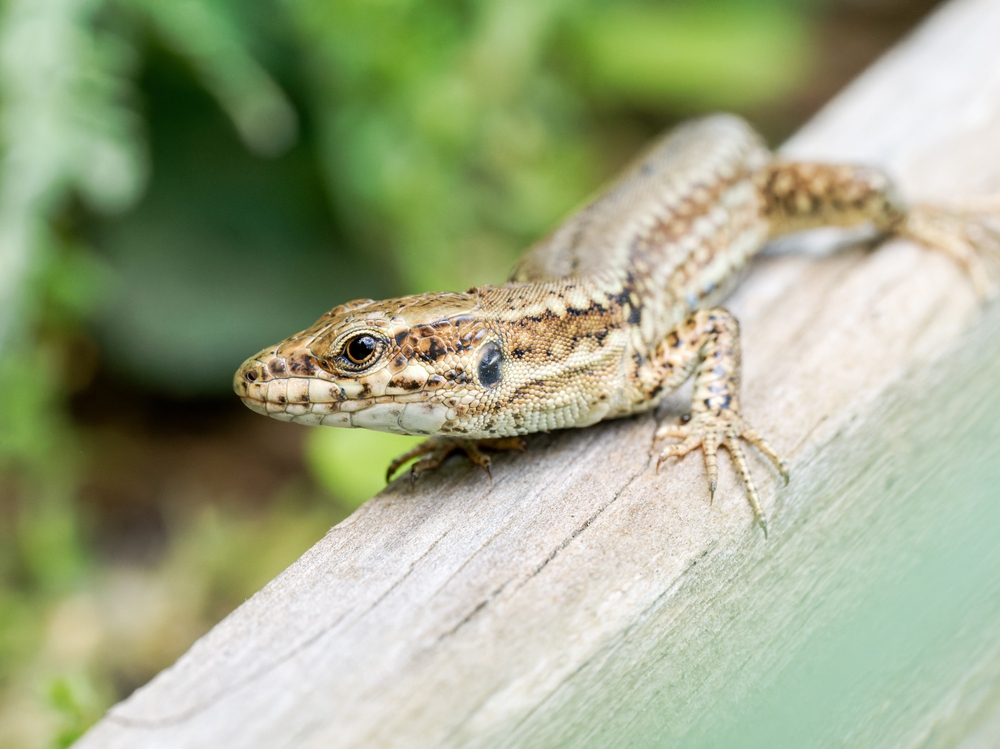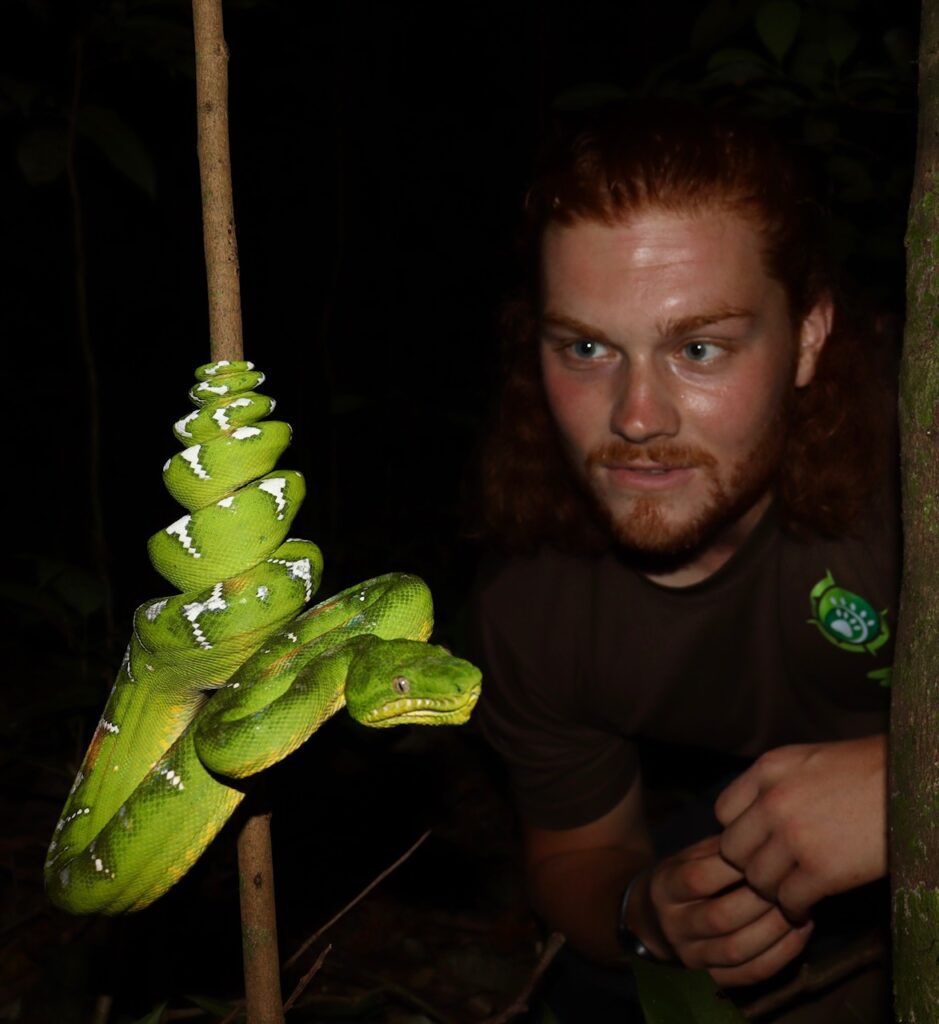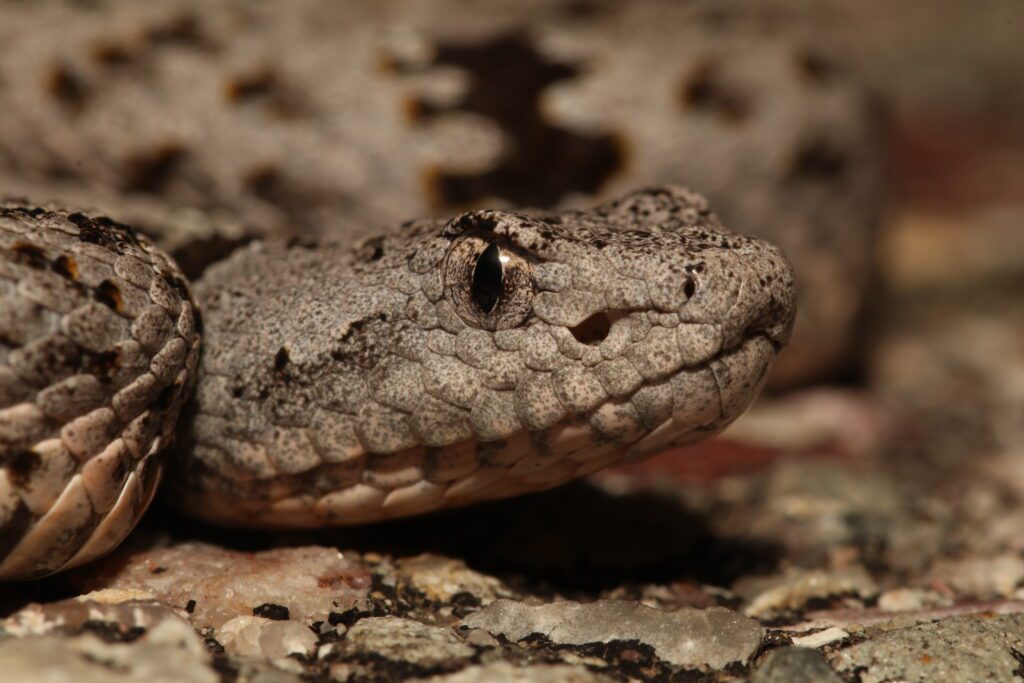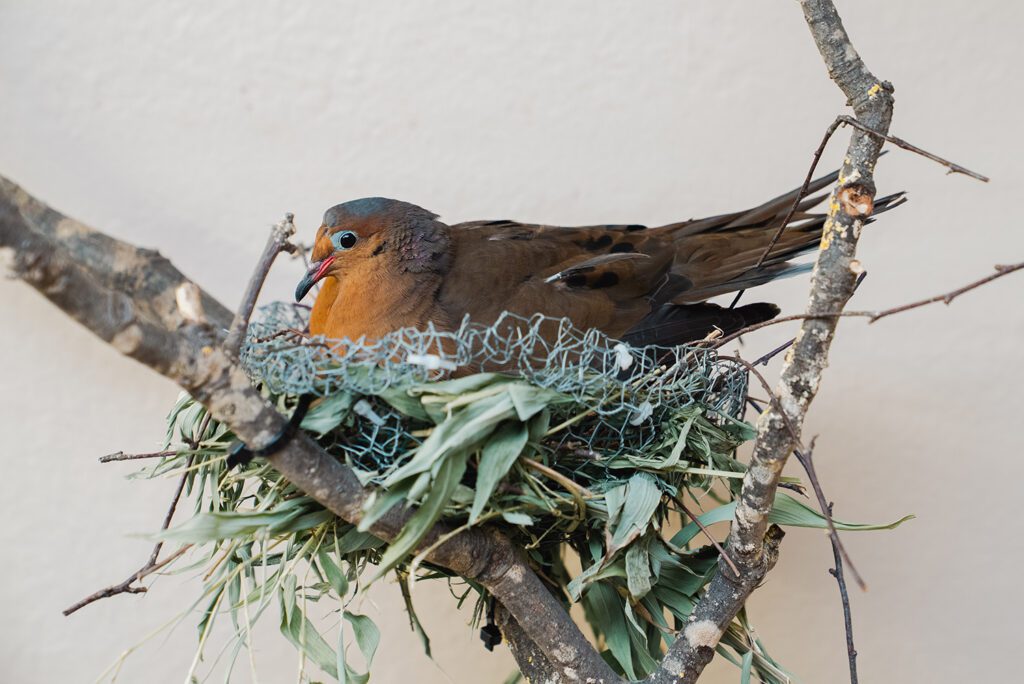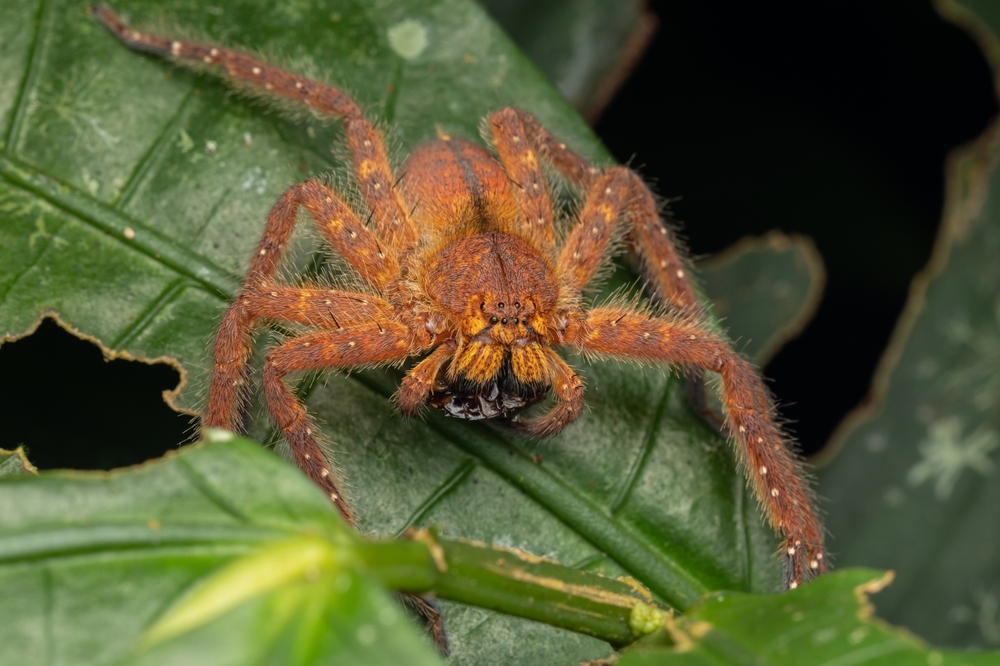Herbivorous reptiles have unique diets depending on the species. They have evolved over millennia to digest the specific flora available to them within their habitat depending on seasonal availability. In captivity, we rarely have access to the “perfect diet.” Offering a range of edible plant species, with more flowers and buds in spring and more fibrous matter in winter is a great overall rule. The following edible plants are great to grow at home.
Herbs
Herbs are not only practical for cooking, they are often dense in nutrients, with small leaves perfect for digestion and offer sensory enrichment. Edible plants don’t have to be just for reptiles.
Recommended: Thyme, Rosemary, Basil, Oregano, Spearmint, Lemon Balm.
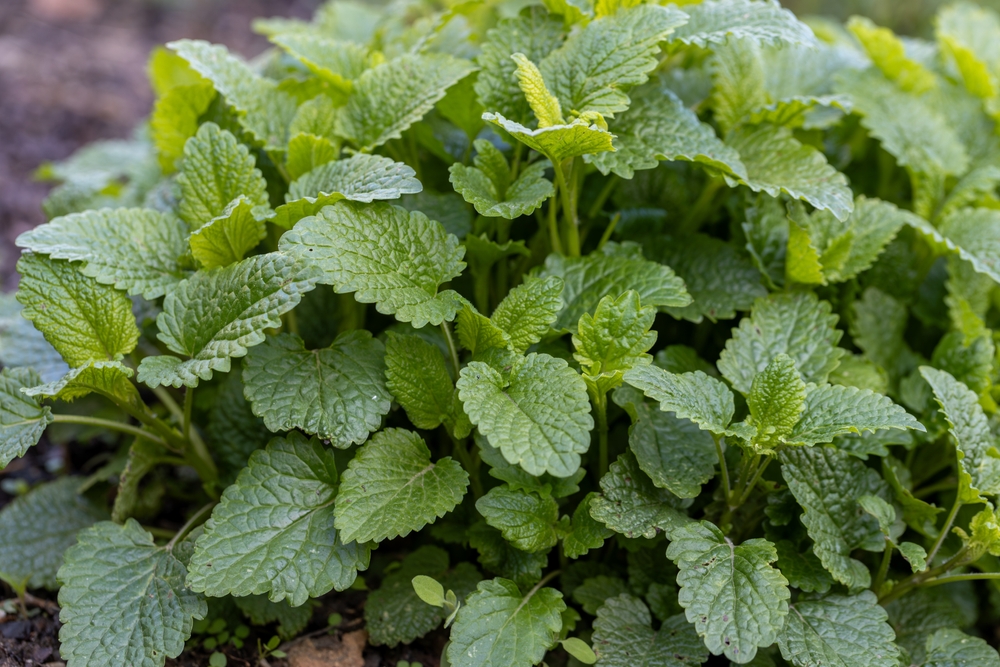
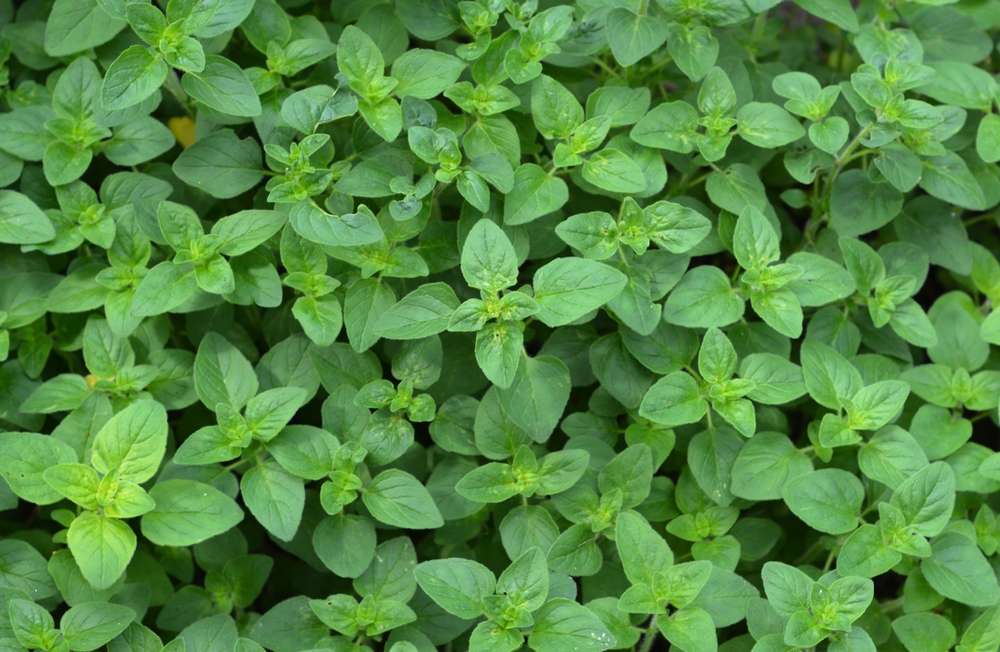
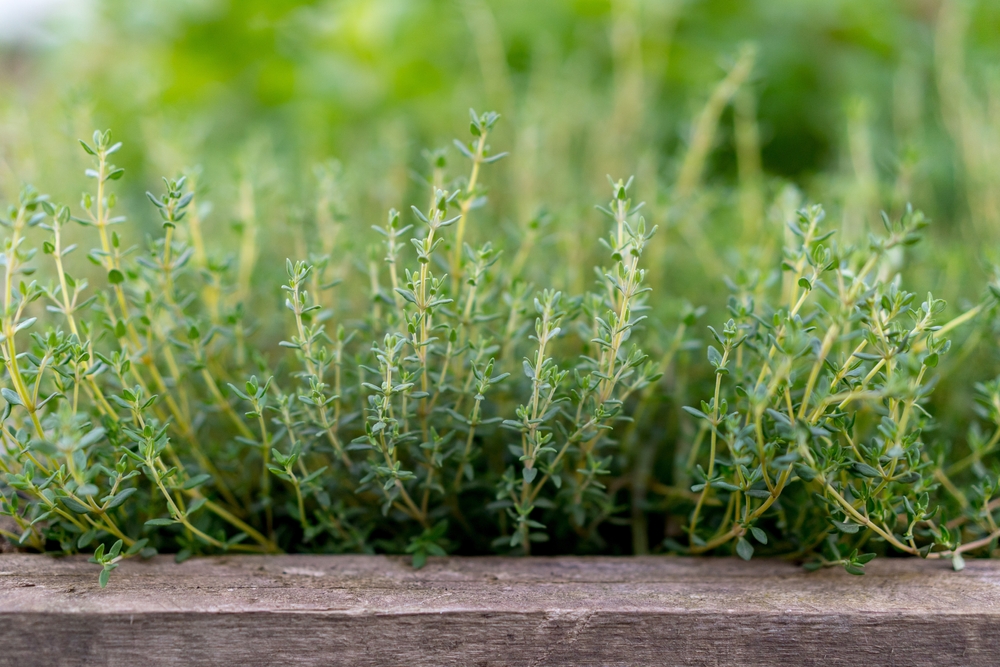
Basic Leafy Greens
Leafy greens have a place in herpetoculture and offer valuable moisture to desert reptiles. Avoid nutrient poor options like store-bought salad and instead choose edible plants that you can grow at home.
Recommended: Plantain, Musk Mallow, Collared Greens, Turtle Vine, Dandelion, Marigold, Bramble.
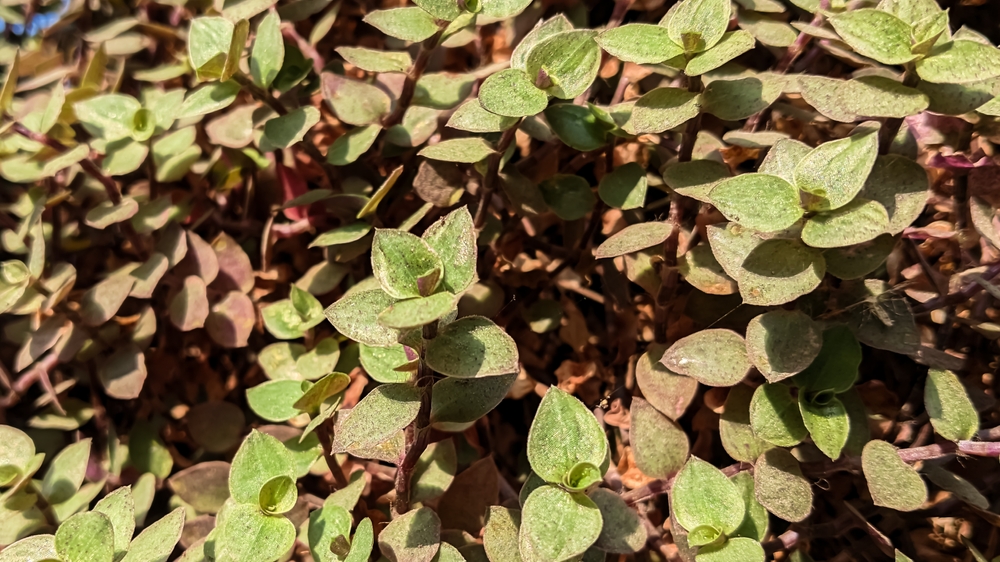
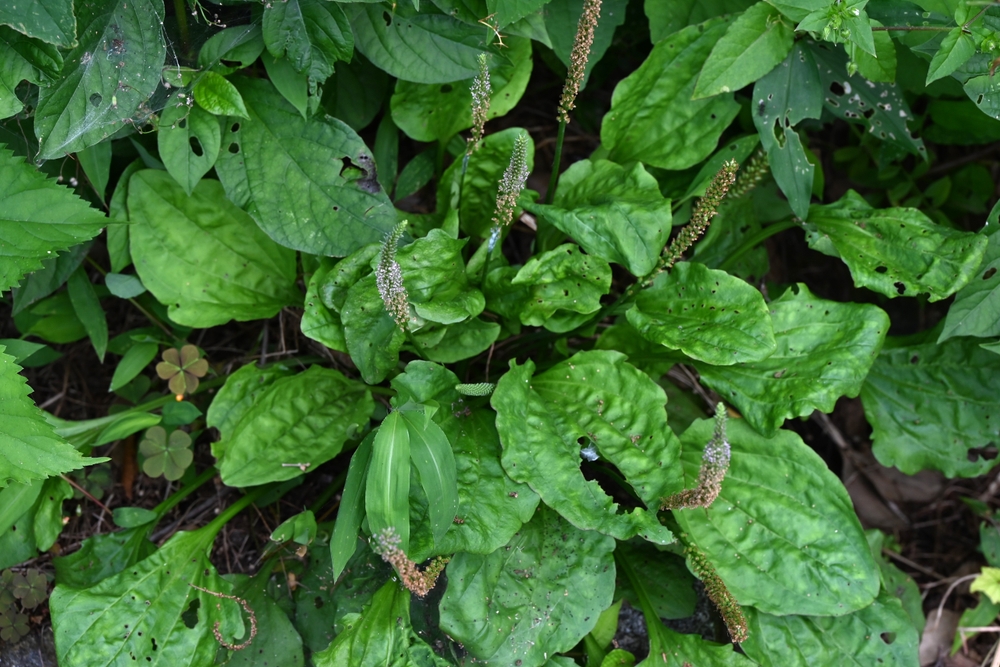
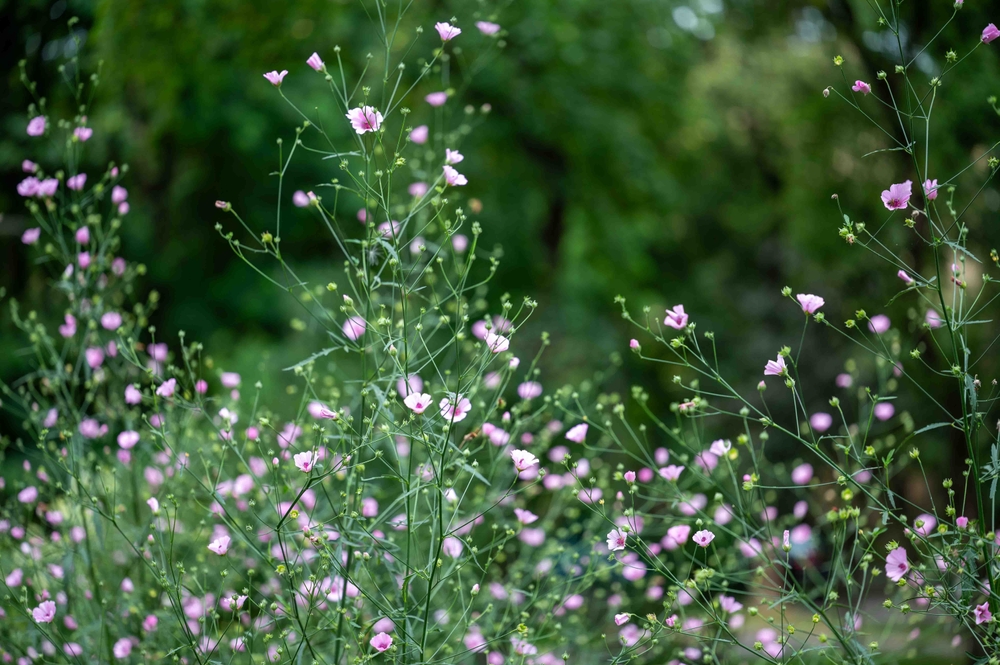
Cacti
Cacti take a long time to grow but they are amongst the best edible plants. This makes them difficult to cultivate, but, their extensive rate of maturity means they are brimming with nutrients, calcium and other important components. “Prickly pear” pads are superfoods and their flowers are equally as enticing.
Recommended: Prickly Pear/Opuntia Pads.
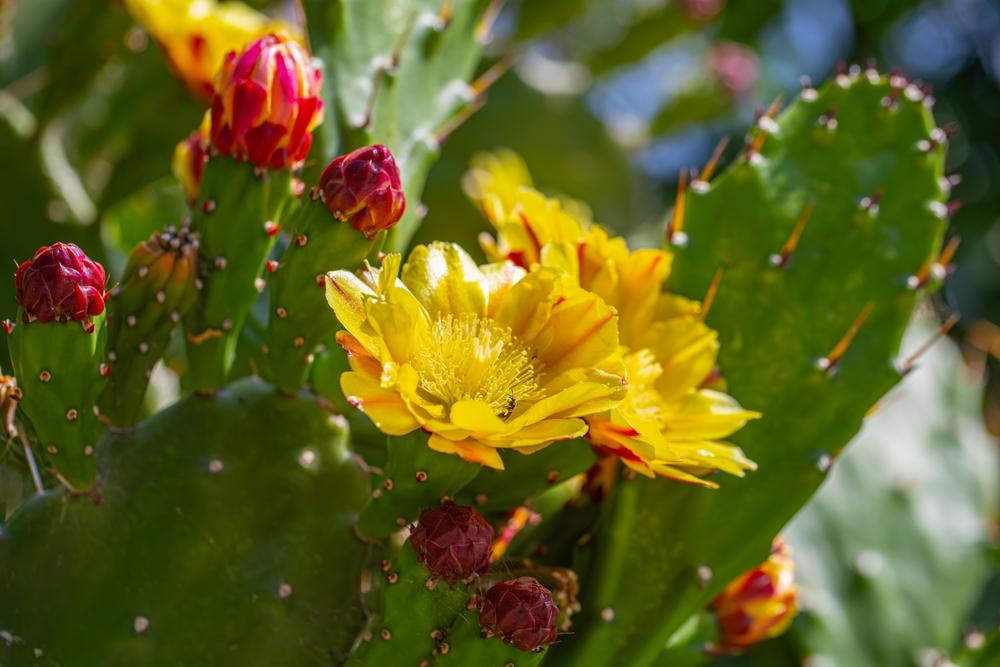
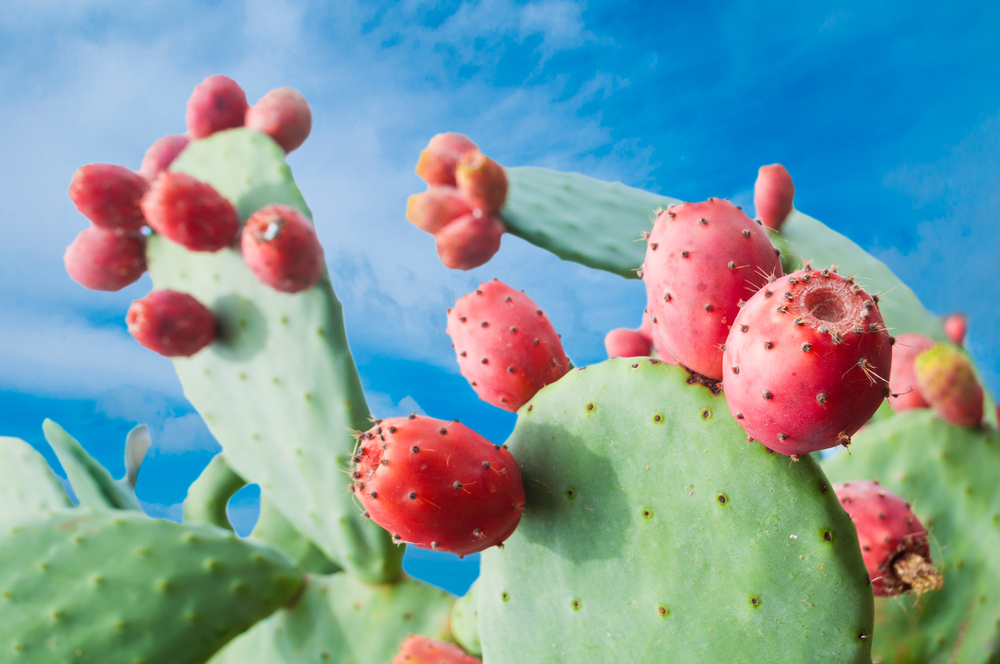
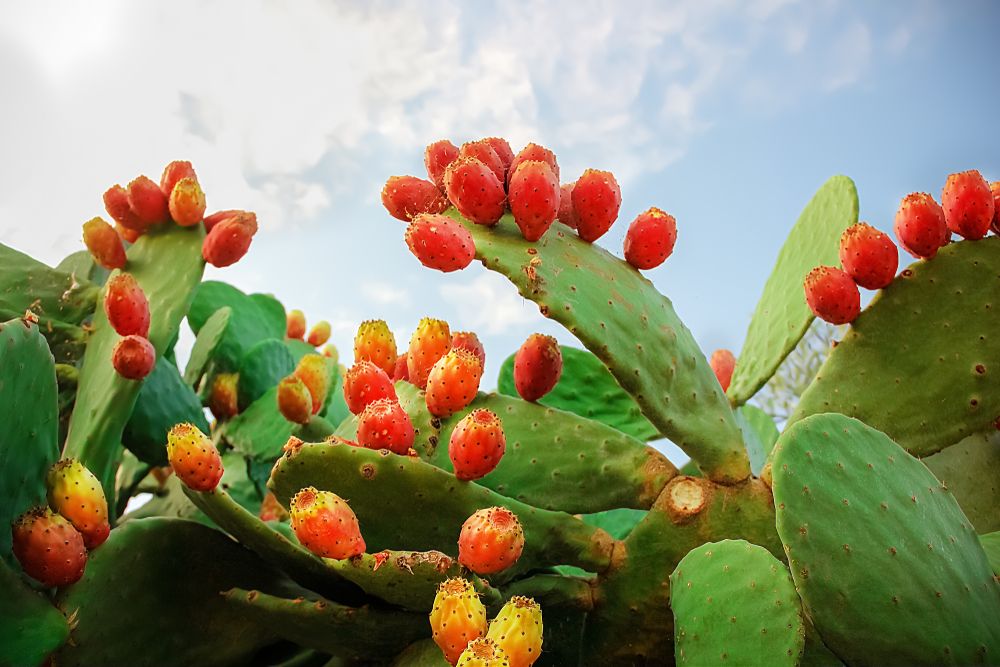
Flowers and Pollen
Flowers play an important role in herbivorous diets. They are full of pollen and sometimes nectar too, providing valuable sugars. You can buy Bee Pollen, which is a powerful antioxidant to sprinkle onto flowers and other edible plants before feeding.
Recommended: Dandelions, Hibiscus, Pansies, Violas, Mallows (hollyhock), Marigolds, dried flower mixes.
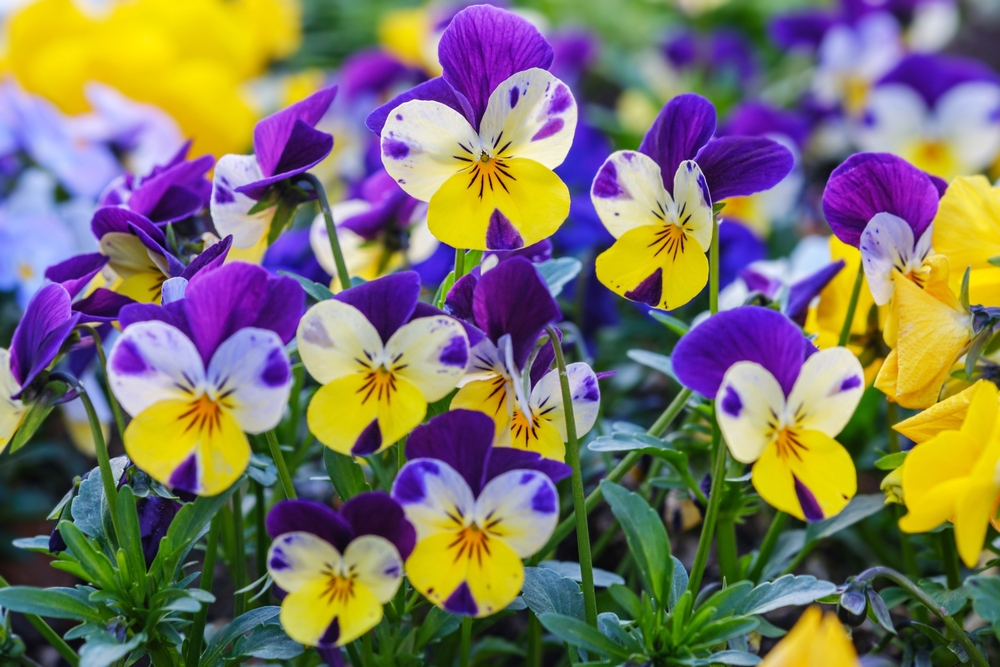


Fruit and Veg
Fruit is typically very high in sugar and therefore, each species will have different requirements. Fruit should also only be provided occasionally (once a week). Veg, on the other hand, is a little more universal. Carotenoid-rich foods can be grown at home and provide valuable nutrients to captive animals.
Recommended: Bell Peppers, Carrots, Sweet Potato, Green Beans, Turnips, Cantaloupe, Blackberries, Pear.
Avoid: Banana, Peach, Pineapple.
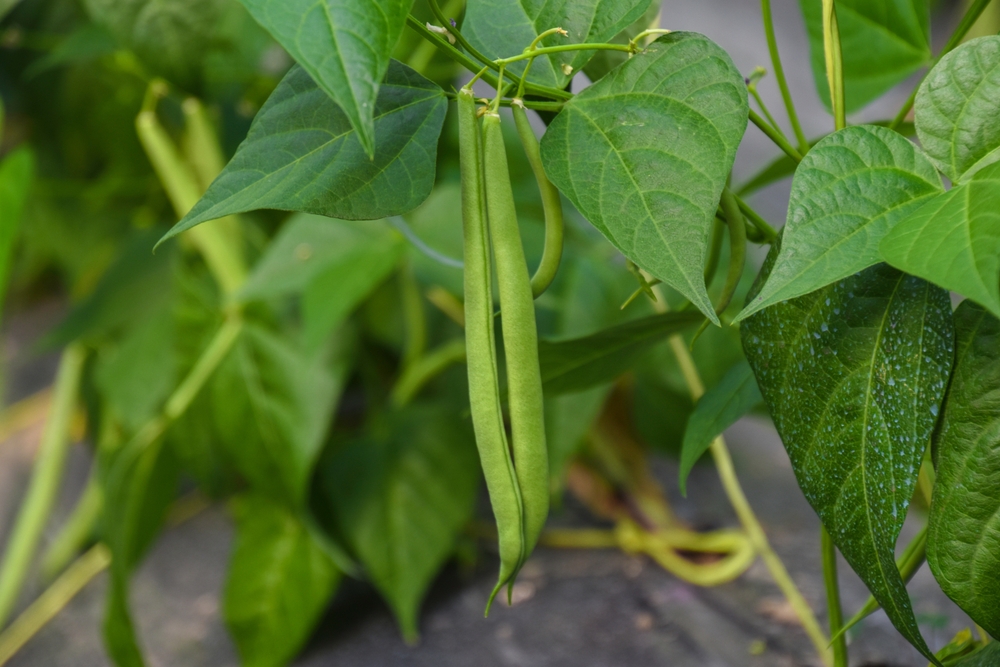
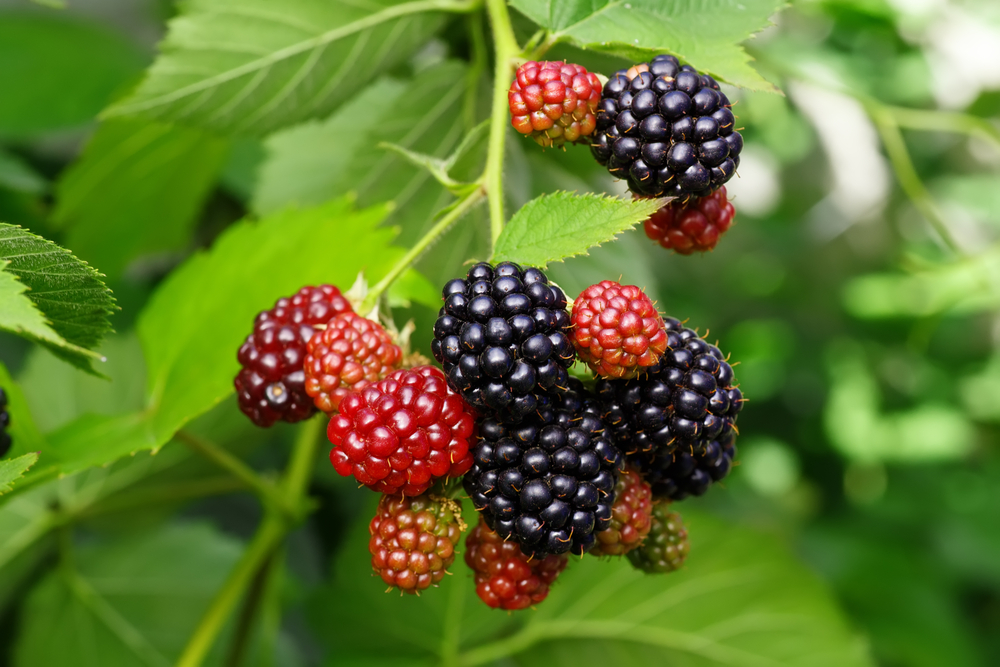
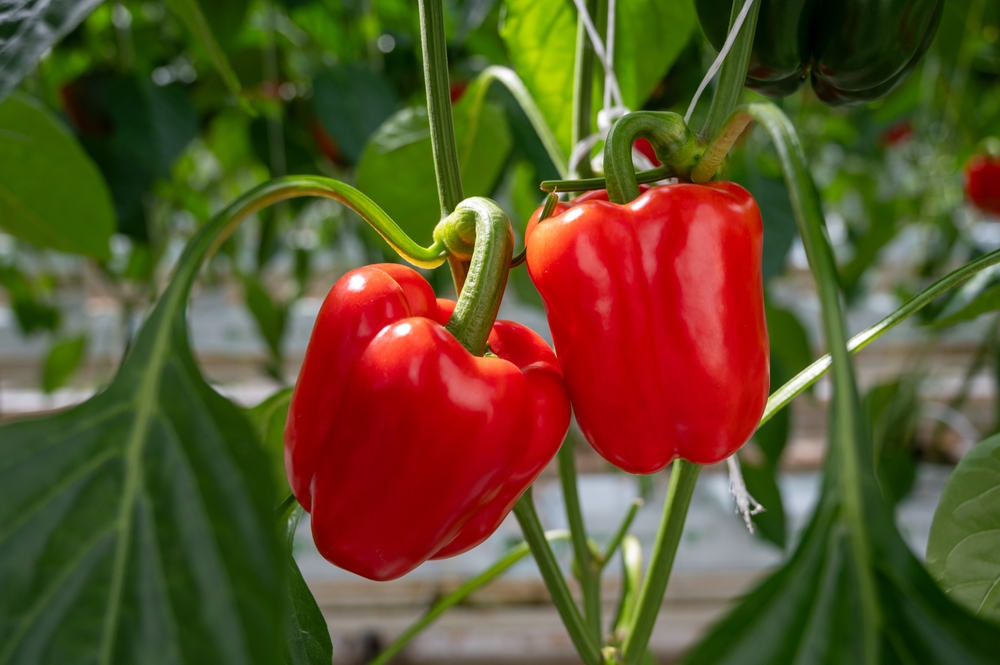
Differences in Edible Plant Diets
Some species will naturally encounter more fruits, flowers or grasses in the wild. The following brief overview will help keepers fine tune their animals’ diet. to select the best edible plants.
Mediterranean Tortoises: Highly seasonal. Lots of flowers in spring, lots of grasses in Autumn, fasting period before hibernation. Prepared, dried diets contain a range of edible plants that can be used as a reliable, nutritious basic diet.
Bearded Dragons: Feeds primarily on desert shrubs with small leaves. Leafy greens and other edible plants become available in September until December when rains cause small channels to flood through the desert.
Uromastyx: Feeds heavily on herbs and other North African plants. Flowers are rare and enticing and should be provided through most of the year. Avoid overfeeding and limit the amount of “leafy” greens.
Red/Yellow-Foot Tortoises: Extremely frugivorous. Requires lots of fruits, berries and vegetables as well as animal matter.
Sulcata Tortoise: A grassland species that feeds primarily on shoots and grasses. Avoid excessive fruits, veg, or leafy greens. Stick to a high fiber diet that also incorporates dried grasses and edible plants mixes.
Green Iguana: Tropical canopy-dwelling species. Requires fruits and lots of browse.
Spiny-Tailed Iguana: Desert species. Requires less fruit, more small-leaved plants, herbs and cacti.
Nature’s Imitation Game: Emerald Tree Boas and Green Tree Pythons
High in the forests of South America and the Indonesian archipelago, jewel-toned snakes drape themselves…
The Wall Lizards of Ventnor Botanic Garden
Tucked away on the sun-soaked southern coast of the Isle of Wight, UK lies a…
Thinking Like a Snake: Field Insights into Emerald Tree Boa Husbandry
Among keepers, few snakes inspire as much awe as the emerald tree boa (Corallus sp.)….
Herping Arizona Monsoons 2025 – Part One
Arizona encompasses vast stretches of Sonoran, Colorado, and Mojave Deserts. It’s scattered with 10,000-foot-high mountains…
“Extinct” Doves Hatch at Chester Zoo
Eight chicks belonging to a dove species that has been extinct in the wild for decades…
Naming Nature: Where Taxonomy Meets Pop Culture
From David Bowie’s lightning bolt immortalised in the iridescent fur of a spider, to Jackie…
